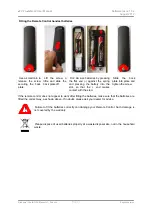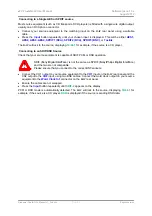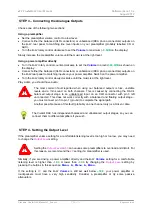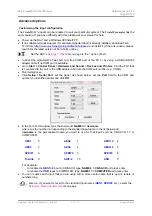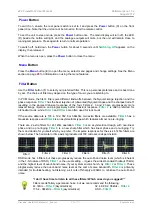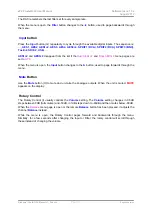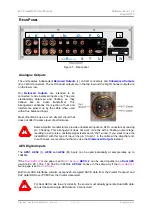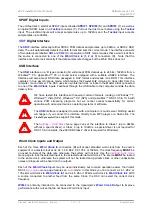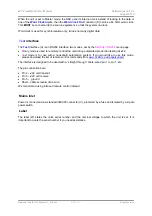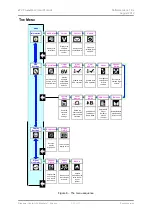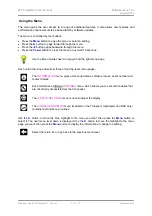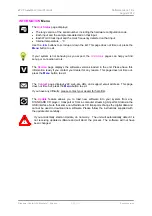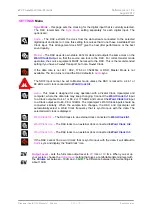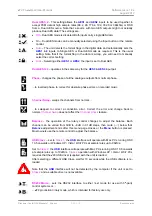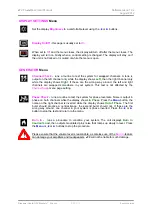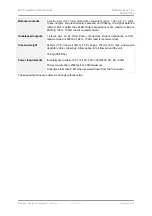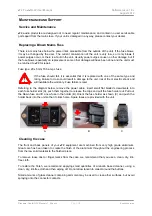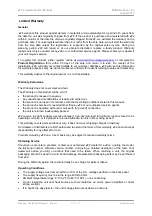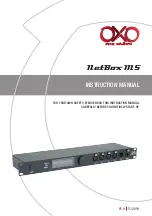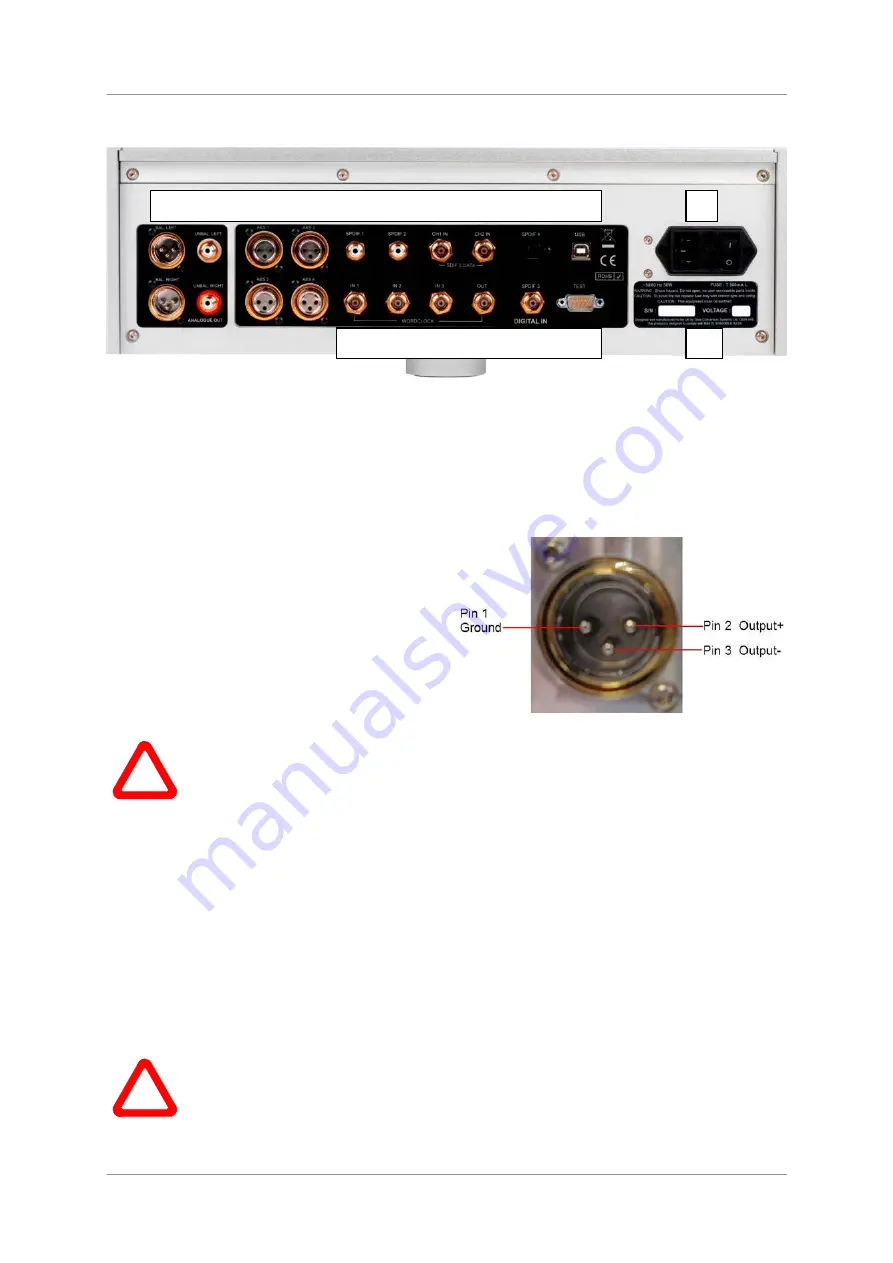
dCS Vivaldi DAC
User Manual
Software Issue 1.0x
August 2012
Filename: Vivaldi DAC Manual v1_0x.docx
Page 21
English
version
R
EAR
P
ANEL
J
K
L
M
--N--
--O--
P
Q
V
------R------
S
T
U
W
Figure 7 – Rear panel
Analogue Outputs
The unit features independent
Balanced Outputs
(J) on XLR connectors and
Unbalanced Outputs
(K) on RCA connectors. The Left channel outputs are in the top row and the Right channel outputs are
on the lower row.
Our
Balanced Outputs
are intended to be
connected to true balanced inputs only. They are
electronically balanced and floating, so they
behave like an audio transformer. This
arrangement enhances the rejection of hum and
interference picked up by the cable when used
with a true balanced input.
Most other DACs use a much simpler circuit that
does not offer the same level of performance.
!
Some amplifier manufacturers provide unbalanced inputs on XLR connectors by leaving
pin 3 floating. This arrangement does not work correctly with a floating output stage,
resulting in extra noise, unstable signal levels and a “thin” sound. If you want to use the
Vivaldi DAC with this type of input, link pin 3 to pin 1 in the cable at the amplifier end.
In such cases, we recommend that you use the
Unbalanced Outputs
instead.
AES Digital Inputs
The
AES1, AES2
(L)
, AES3
and
AES4
(M) inputs can be used individually at sample rates up to
192kS/s.
If the
Dual AES1+2
menu page is set to
On
or
Auto
,
AES1+2
can be used together as a
Dual AES
pair at 88.2, 96, 176.4, 192, 352.8 or 384kS/s.
AES3+4
behave in the same way if the
Dual AES3+4
menu page is set to
On
or
Auto
.
Both Dual AES interfaces will also accept
dCS
-encrypted SACD data from the Vivaldi Transport and
DoP data (DSD over PCM) from the Vivaldi Upsampler.
!
For Dual AES mode to work correctly, the source must actually generate Dual AES data,
not just the same single AES data on 2 connectors!

